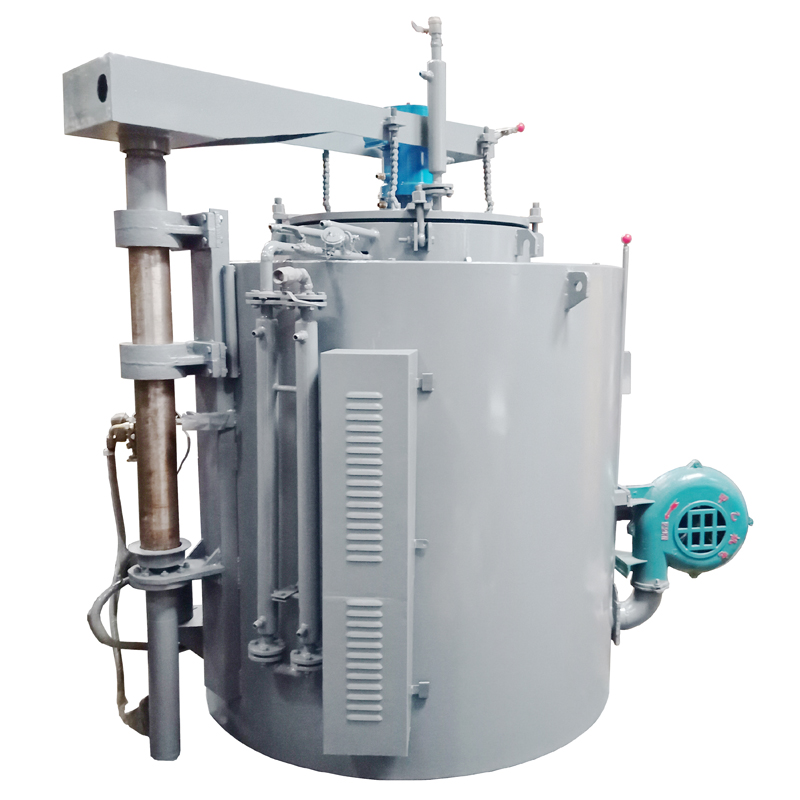The Principle of Nitriding
Aug. 24, 2020
The Principle of Nitriding
Nitriding is a chemical heat treatment process in which nitrogen atoms penetrate into the surface of the workpiece in a certain medium at a certain temperature. Commonly used are liquid nitriding, gas nitriding, and ion nitriding.
Gas nitriding: Put the workpiece in a sealed container, pass it with flowing ammonia gas and heat it. After a long period of heat preservation, the ammonia gas is thermally decomposed to produce active nitrogen atoms, which are continuously adsorbed to the surface of the workpiece and diffuse and penetrate into the surface of the workpiece. Change the chemical composition and organization of the surface layer to obtain excellent surface properties.
Ammonia is the most used medium for nitriding. At a certain temperature, ammonia is metastable, and it undergoes the following decomposition reactions:
2NH3<=>3H2+2[N]
Nitriding can be divided into soft nitriding and hard nitriding. Simultaneous infiltration of carbon during the nitriding process to promote the diffusion of nitrogen is called nitrocarburizing (soft nitriding).
Nitriding equipment generally consists of a nitriding furnace, an ammonia supply system, an ammonia decomposition measurement system and a temperature measurement system. Nitriding furnaces include well-type resistance furnaces, bell-type furnaces and multipurpose box furnaces. The furnace should have good airtightness.










